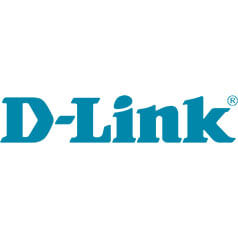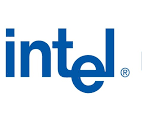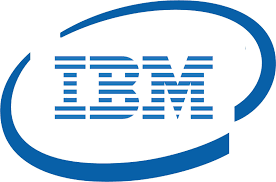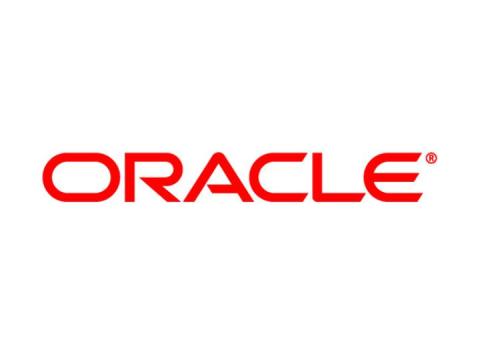Servers
Buy servers for any organisation size and shop servers from top brands that deliver performance and powerful functionality with network servers from.
Get a Quote
What is a Server ?
A server is a computer or system that provides resources, data, services, or programs to other computers, known as clients, over a network. In theory, whenever computers share resources with client machines they are considered servers. There are many types of servers, including web servers, mail servers, and virtual servers.
How a Server Works
To function as a server, a device must be configured to listen to requests from clients on a network connection. This functionality can exist as part of the operating system as an installed application, role, or a combination of the two.
When a client requires data or functionality from a server, it sends a request over the network. The server receives this request and responds with the appropriate information. This is the request and response model of client-server networking, also known as the call and response model.
A server will often perform numerous additional tasks as part of a single request and response, including verifying the identity of the requestor, ensuring that the client has permission to access the data or resources requested, and properly formatting or returning the required response in an expected way.
Types of Servers
There are many types of servers that all perform different functions. Many networks contain one or more of the common server types:
File servers
File servers store and distribute files. Multiple clients or users may share files stored on a server. In addition, centrally storing files offers easier backup or fault tolerance solutions than attempting to provide security and integrity for files on every device in an organization. File server hardware can be designed to maximize read and write speeds to improve performance.
Print servers
Print servers allow for the management and distribution of printing functionality. Rather than attaching a printer to every workstation, a single print server can respond to printing requests from numerous clients. Today, some larger and higher-end printers come with their own built-in print server, which removes the need for an additional computer-based print server. This internal print server also functions by responding to print requests from a client.
Application servers
Application servers run applications in lieu of client computers running applications locally. Application servers often run resource-intensive applications that are shared by a large number of users. Doing so removes the need for each client to have sufficient resources to run the applications. It also removes the need to install and maintain software on many machines as opposed to only one.
DNS servers
Domain Name System (DNS) servers are application servers that provide name resolution to client computers by converting names easily understood by humans into machine-readable IP addresses. The DNS system is a widely distributed database of names and other DNS servers, each of which can be used to request an otherwise unknown computer name. When a client needs the address of a system, it sends a DNS request with the name of the desired resource to a DNS server. The DNS server responds with the necessary IP address from its table of names.
Mail servers
Mail servers are a very common type of application server. Mail servers receive emails sent to a user and store them until requested by a client on behalf of said user. Having an email server allows for a single machine to be properly configured and attached to the network at all times. It is then ready to send and receive messages rather than requiring every client machine to have its own email subsystem continuously running.
Web servers
One of the most abundant types of servers in today’s market is a web server. A web server is a special kind of application server that hosts programs and data requested by users across the Internet or an intranet. Web servers respond to requests from browsers running on client computers for web pages, or other web-based services. Common web servers include Apache web servers, Microsoft Internet Information Services (IIS) servers and Nginx servers.
Database servers
The amount of data used by companies, users, and other services is staggering. Much of that data is stored in databases. Databases need to be accessible to multiple clients at any given time and can require extraordinary amounts of disk space. Both of these needs lend themselves well to locating such databases on servers. Database servers run database applications and respond to numerous requests from clients. Common database server applications include Oracle, Microsoft SQL Server, DB2, and Informix.
Virtual servers
Virtual servers are taking the server world by storm. Unlike traditional servers that are installed as an operating system on machine hardware, virtual servers exist only as defined within specialized software called hypervisor. Each hypervisor can run hundreds, or even thousands, of virtual servers all at once. The hypervisor presents virtual hardware to the server as if it were real physical hardware. The virtual server uses the virtual hardware as usual, and the hypervisor passes the actual computation and storage needs onto the real hardware beneath, which is shared among all the other virtual servers.
Proxy servers
A proxy server acts as an intermediary between a client and a server. Often used to isolate either the clients or servers for security purposes, a proxy server takes the request from the client. Instead of responding to the client, it passes the request on to another server or process. The proxy server receives the response from the second server and then replies to the original client as if it were replying on its own. In this way, neither the client nor the responding server needs to directly connect to each other.
Monitoring and management servers
Some servers exist to monitor or manage other systems and clients. There are many types of monitoring servers. Several of them listen to the network and receive every client request and server response, but some do not request or respond to data themselves. In this way, the monitoring server can keep track of all the traffic on the network, as well as the requests and replies of clients and servers, without interfering with those operations. A monitoring server will respond to requests from monitoring clients such as those run by network administrators watching the health of the network.
Other Servers Solutions Provided by Rise Tech
LET'S TALK ABOUT YOUR BUSINESS IT SOLUTIONS NEEDS
Unmatched Quality and Reliability !
What our Clients say about us
Rise Tech is a client eccentric company
Lorem ipsum dolor sit amet, consectetur adipiscing elit. Nunc viverra erat orci. Lorem ipsum dolor sit amet, consectetur adipiscing."
Lorem ipsum dolor sit amet, consectetur adipiscing elit. Nunc viverra erat orci. Lorem."
Lorem ipsum dolor sit amet, consectetur adipiscing elit. Nunc viverra erat orci. Lorem."


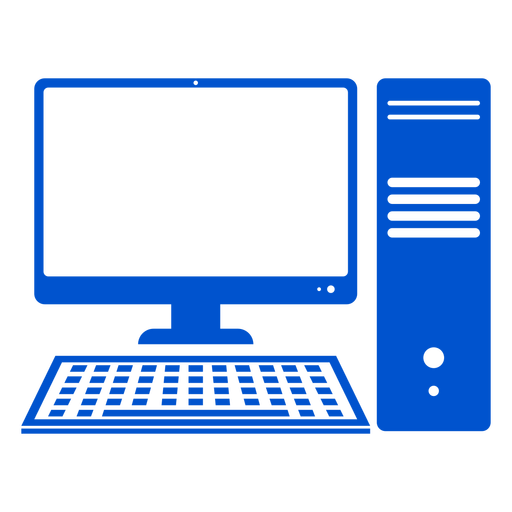

 Jhon smith
Jhon smith

